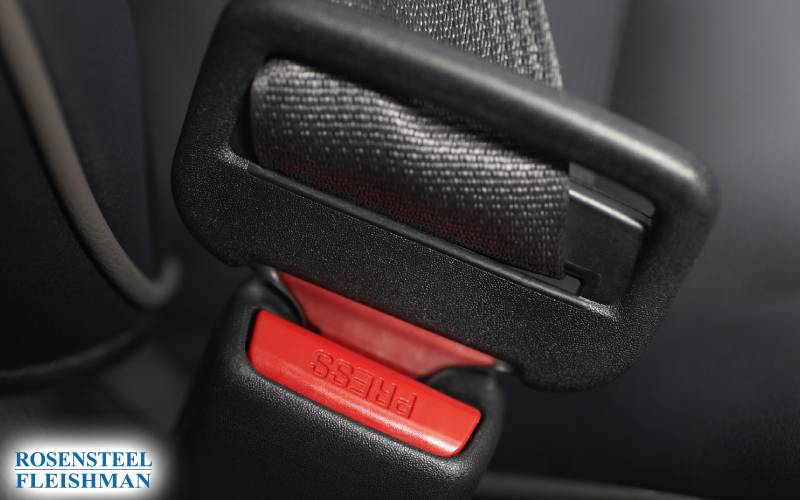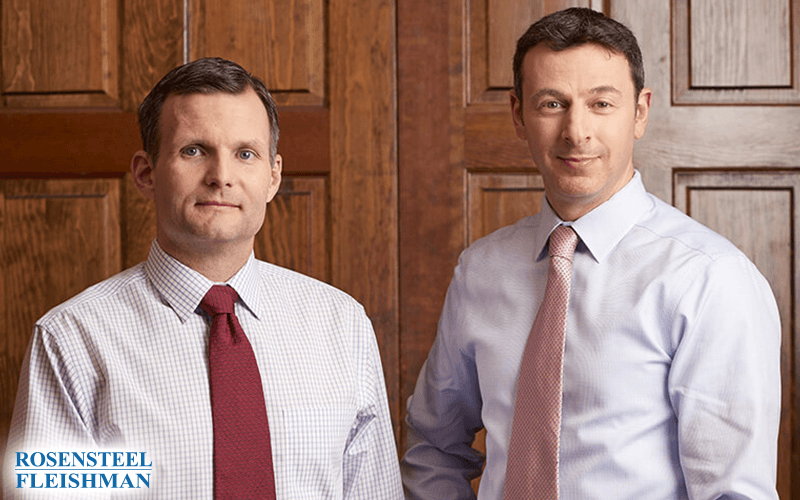Side-impact crashes can feel like they come out of nowhere. One moment you're driving through an intersection, and the next, you're jolted sideways by another car slamming into you. These types of accidents—commonly referred to as T-bone collisions—can leave you feeling shaken, hurt, and unsure of what to do next. If you're in Charlotte, dealing […]

Defective Child Safety Seats
For most new parents, a child car seat is among the many necessary items to be purchased. Child car seats are specifically designed to protect children of certain ages from severe injury in the event of an automobile accident. Unfortunately, the child car seat does not always effectively prevent injury to the child, or in some cases, the car seat contributes to the child’s injury during an automobile accident.
In the United States, automobile accidents are the number one killer of children between the ages of one and twelve years old, according to the National Highway Traffic Safety Administration (NHTSA). Each year, nearly 1.5 million children are passengers in automobile accidents. With respect to rollover crashes, incapacitating injuries were nearly three times higher for unrestrained children than that of restrained children. NHTSA estimates that child restraint systems (CRS), such as child car seats, are 71% effective in reducing the likelihood of death during an automobile accident if the restraint is installed properly with compatible seating and seat belt systems.
The Federal Motor Vehicle Safety Standard (FMVSS) 213 is the regulation that sets federal standards for child safety seats. This standard is a collection of requirements that cover safety crash performance, geometry, instructions, labeling, durability, flammability, and product registration. Related standards include FMVSS 208, which outlines requirements for the protection of vehicle occupants in crashes by defining the limits on forces and accelerations measured on anthropomorphic dummies, or crash-test dummies, and by determining the equipment requirements for vehicle belt and airbag restraint systems. In North Carolina, N.C.G.S. §20-137.1 governs child restraint system requirements. In large part, §20-137.1 requires that children less than eight years of age and less than 80 pounds in weights are required to be properly secured in a weight-appropriate child passenger restraint system.
In the unlikely event that an automobile accident does occur, and there is an infant in the vehicle that is injured, there may be a potential personal injury claim. Determining fault can be difficult as some child car seat injuries are caused by “user error.” Having the appropriate car seat does not always guarantee the child’s safety. The child car seat must be properly installed to optimize the safety of the equipment. This unfortunate event can lead to claims against one or both parents if the injuries are fatal. To the contrary, an injured child using a child safety seat may have a personal injury claim under a theory of product liability.
In a child safety seat product liability claim, the action is unique because one or both parents can bring the suit on behalf of the child, or a court can appoint a guardian to represent the child. If the injuries are fatal, one or both parents can bring an action on behalf of the child’s estate as their heir or legal representative of the estate. The action may be prosecuted on behalf of the child’s behalf because the personal injury survives the child’s death.
For injuries suffered in a defective child safety seat, generally, the Plaintiff will name one or more of the following as Defendant(s): the safety seat design company, the safety seat manufacturer, the safety seat marketer and distributor, the safety seat retail seller, and the manufacturer of the motor vehicle in which the seat was installed. Following a theory of product liability, the Plaintiff will bring one or more of the following claims: negligence, strict liability, failure to warn, design defect, manufacturing defect, fraud and misrepresentation, and breach of warranty (express or implied).
Unlike other states, North Carolina does not recognize the doctrine “strict liability” in a product liability claim. Strict liability means that a manufacturer is automatically liability for injuries that result from selling any product in a defective condition that puts the user at risk of unreasonable dangers. Instead, North Carolina requires that a Plaintiff prove the elements of negligence in a product liability claim.
If the Plaintiff in these sorts of claims asserts a manufacturing defect, then he or she must prove that the product was defective when it left the control of the Defendant, and the defect was the proximate cause of the injuries that were suffered. Evidence of a manufacturing defect is often proven by showing that in either the construction or quality, the product in some way deviated for the industry specifications or production standards and, consequently, rendered the child safety seat unreasonably dangerous.
If the Plaintiff cannot prove that the defective child safety seat was the proximate cause of the injuries, a crafty attorney may be able to build a claim for “enhanced injury.” North Carolina recognizing the doctrine of enhanced injury. The acceptance of this doctrine creates a new cause of action. As such, liability under the doctrine is based on the premise that some objects, while they are not made for the purpose of undergoing impact, should be reasonably designed to minimize the injury-producing effect of such contact. In North Carolina, the Plaintiff will have to prove the extent to which the manufacturer’s negligence enhanced the injury. In the landmark case Larsen v. General Motors Corp., the court held that “any design defect that does not cause the accident would not subject the manufacturer to liability for the entire damage, rather, the manufacturer should be liable for that portion of the damage or injury caused by the defective design over and above the damage or injury that probably would have occurred as a result of the impact or collision absent the defective design.” If a child has been injured in an automobile accident and he or she was sitting in a child car safety seat, it may be worth consulting an attorney.
Contact the experienced attorneys at Rosensteel Fleishman Car Accident & Injury Lawyers if you believe your child safety seat may have contributed to the injuries or damages suffered. The initial consultation is free!
Additional Car Accident Injury Values Articles
Car accidents are jarring, not just because of the impact but because of the aftermath. One moment you’re driving through Charlotte traffic, and the next, everything changes. When the dust settles and the adrenaline fades, that’s when the real questions start. If you've suffered a spinal injury, the pain isn’t always immediate. Sometimes symptoms show […]
After a rollover accident, it’s easy to feel overwhelmed. Between the physical injuries, vehicle damage, and the blur of phone calls and paperwork, even knowing where to start can seem impossible. If you're in Charlotte, the road to getting things back on track might feel long, but you don’t have to walk it alone. A […]
A car accident is stressful enough—but when it involves a rental car, that stress often doubles. Whether you were driving the rental or hit by someone in one, things can get complicated quickly. You may be unsure who’s responsible, which insurance applies, or whether your own auto policy kicks in. That’s a lot to deal […]
